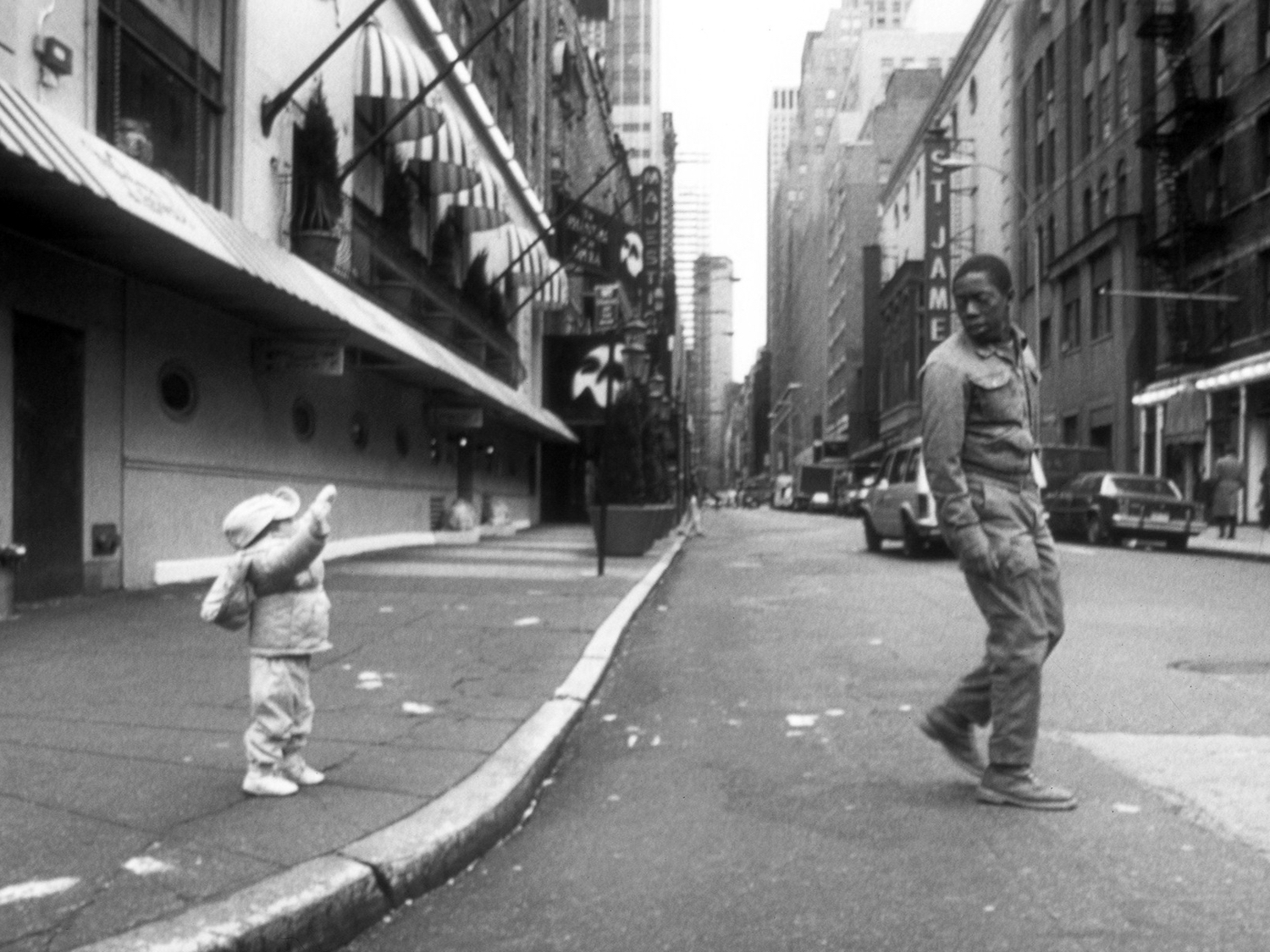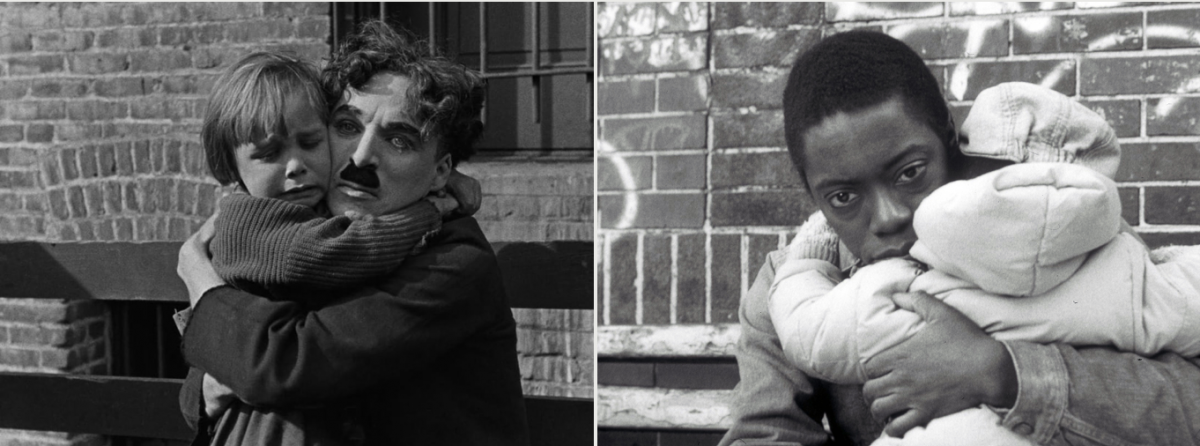
“Charles Lane is a man with a vision. What has to be developed in filmmakers is a sense of who you are, what you want to say, and how you want to say it-a world view or a perspective that you can express in your own terms.”
Charles Burnett1
“I was riding the subway home from the Sugar Ray Leonard/Donny Lalonde championship fight and this homeless guy approached me. I thought he was gonna put the pinch on me, but he asked me who won the fight and we ended up having a 45-minute conversation. Then I got out at 14th Street and saw all the people sleepling on the street, and I thought of how, come December, a lot of them would be dead.”
Charles Lane2
“Productions such as Daughters of the Dust (1990), Looking for Langston (1989), Sidewalk Stories (1989), and Chameleon Street (1989) all exemplify films that struggle to render forthright, nuanced interpretations of black life against the co-opting, homogenizing pressures of the commercial cinema system. Another important distinguishing facet of the independent impulse has to do with the way these films articulate fresh cinematic styles and visions. Such directors as Julie Dash, Wendell Harris, and Charles Burnett are struggling, à la Antonioni, Buñuel, Godard, Altman, or, more recently, Wayne Wang and Jim Jarmusch, to create insurgent, new cinematic languages, images, and narratives. These would be capable of decentering or opposing the staid filmic conventions of the sovereign Hollywood ‘norm’ with its technological verisimilitude of violence, glossy, color-saturated surfaces, continuity editing, ‘invisible style,’ and avoidance of political or social engagement that suggests the possibility of social change. Thus, through their experimental languages, black independent films often defy the standardization of the dominant cinema product, as well as the dulled expectations of its consumer audience, in order to tell the stories of emergent subjectivities in radically new ways. Certainly the acidic, voiceover monologue of the masquerading protagonist in Chameleon Street, the ‘magic real’ manipulations of space-time in Daughters of the Dust, and the black and white pantomimic construction of Sidewalk Stories all aim not only at speaking in stylistically new ways but also through new formulations of identity and subjecthood.”
Ed Guerrero3
“Inspired by Charlie Chaplin and Harold Lloyd, the film moves with a clean, well-paced narrative, leaning on Marc Marder’s flexible score – which runs the gamut from lush orchestral arrangements, to faux mariachi, and pre-Seinfeld slap-bass riffs – for emotional shading. The diminutive, wide-eyed Lane is an expressive physical comedian, while his relationship with the toddler (played by Lane’s own daughter, which explains their magnetic bond) is especially moving.”
Ashley Clark4

- 1Bérénice Reynaud, “An Interview with Charles Burnett,” Black American Literature Forum, 25 (2), 1991.
- 2Phoebe Hoban, “Brief Lives: Dim Lights, Sad City,” New York Magazine, November 6, 1989, 36.
- 3Ed Guerrero, “Black Film in the 1990s: The New Black Movie Boom and its Portents,” Framing Blackness: The African American Image in Film (Philadelphia: Temple University Press, 1993).
- 4Ashley Clark, “Rep Diary: Sidewalk Stories,” Film Comment, October 30, 2013.

